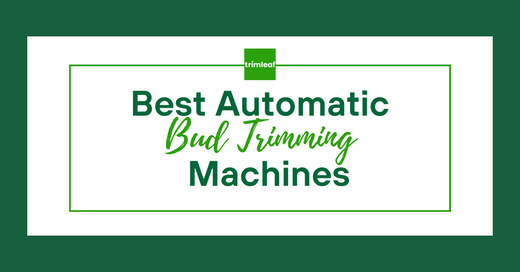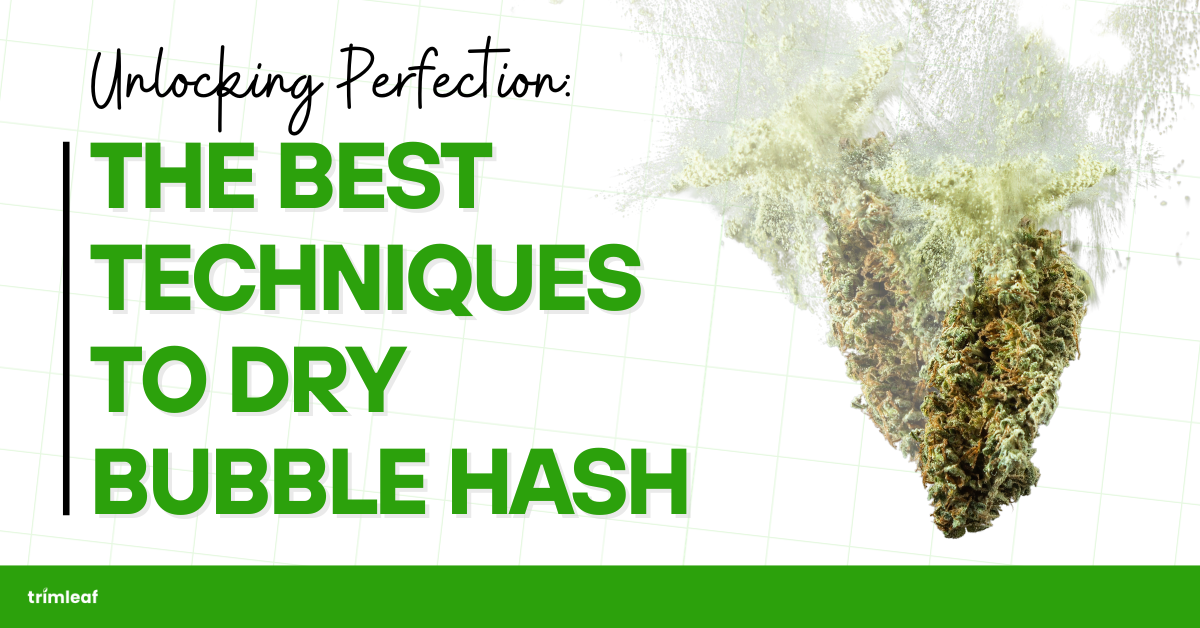
LED lights were first introduced to the market to replace the traditional incandescent and fluorescent lights. People eventually made that switch, although it costed more than the traditional lights. It was only a matter of time when LED lights became affordable for households. They became competitively priced when compared to the usual lights, with the bonus of lasting longer.
With LED becoming a standard for lighting in homes and offices, the horticulture industry wanted the same features and sustainability.Thanks to technology, we now have LED grow lights making a niche of its own in growing. Manufacturers are also on their way to drive down prices to make it more competitive versus the traditional grow lights that use HPS or CMH.
Should you want to invest in LED grow lights, you may want to read further on what you need to know in choosing a fixture for your indoor garden.
What Makes LED Grow Lights Different From Standard LED Lights?
LED Grow Lights are different from the usual LED bulbs in your household. The everyday light only illuminates, while grow lights have a broad spectrum of red and blue that stimulate growth.
LED grow lights come in many shapes and sizes. But as the most needed units of LED grow lights, LED chips have most of the effect on the quality of the lighting, such as spectrum (colors) and photon flux (“brightness”) produced.
Since LED grow light manufacturers can choose the LEDs they use in their lamps, it is crucial to understand which kind of LED grow light best fits the specific application. One of the advantages of LED grow lights compared to traditional lighting solutions is the ability to match the lighting to the needs of plants.
Why Should You Get LED Grow Lights?
LED grow lights are energy efficient. Compared to CFL lights, you get more light for the same amount of electricity. It also emits less heat and have better heat management. LEDs work best when used between 12-18 inches away from your plant. If you use CFLs, that would mean finding the right amount of height without putting too much heat on your plants.
Now, LEDs are not exactly the best options for the flowering stage, as HPS lamps shine here. But, with the improvement of technology, LED manufacturers are starting to develop LED fixtures that can work for the flowering stage. It’s only a matter of time when the horticulture industry will have LEDs designed for each phase of growth.
LEDs may be a bit pricier upfront, but you will reap the benefits later on. But don’t get too bothered also with the price, as some LED brands are becoming more competitively priced. In addition, LED grow lights are often plug-and-play devices. That means you do not need a ballast, and these fixtures are ready to shine out of the box.
Things To Consider When Buying a LED Grow Light
Power
When it comes to selecting the right LED grow light, power is a fundamental factor to consider. However, it's not as simple as just looking at wattage. To make an informed choice, you need to delve deeper into specifications like Photosynthetic Photon Flux (PPF), efficacy, and average Photosynthetic Photon Flux Density (PPFD).
Wattage - The Starting Point
Wattage is the most basic indicator of a grow light's power, but it's only part of the equation. It tells you how much electricity the light consumes. While wattage can give you a rough idea of a grow light's energy usage, it doesn't provide insight into how efficiently it converts that electricity into useful light for your plants.
PPF vs PPFD
When it comes to choosing the right LED grow light, understanding a couple of key terms can make all the difference.
PPF (Photosynthetic Photon Flux)
PPF refers to the amount of light produced by a source, in this case, an LED grow light, per second; measured in umol per second. Imagine you have a water tap, and you're interested in how much water it can produce every second. PPF is a bit like that. It tells you the total amount of light that an LED grow light can emit per second. Instead of water, it's like counting how many tiny packets of light it can generate in a single second.
So, if a grow light has a PPF of 1000 umol/s (don't worry about what "umol" means for now), it's like saying it can send out 1000 little packets of light every second.
PPFD (Photosynthetic Photon Flux Density)
Now, let's talk about where those tiny packets of light actually go. PPFD helps us understand how much of that light lands on your plants. Picture your garden or growing area. PPFD tells you how much light each square meter of that space receives every second. PPFD measures how effective your plants can use the photons from the light. Think of PPFD as the measurement of how many of those tiny light packets fall on each square meter of your plants. If your LED grow light evenly spreads 1000 umol of light over 1 square meter, then the PPFD is 1000 umol/m²/s (don't worry about the units; they're just a way to measure it).
Putting It Together:
Let's bring it all together with a simple example. If your plants need 500 umol of light per square meter to grow well, and your growing area is 2 square meters, here's what you do:
Calculate how much light you need in total: 500 umol/m²/s x 2 m² = 1000 umol/s.
That's it! You now know that you need an LED grow light that provides a total of 1000 umol per second to make your plants happy.
In a nutshell, PPF is like measuring how much light a grow light can produce, while PPFD tells you how much of that light actually lands on your plants.
Efficacy
Efficacy is another essential aspect of power. It measures how efficiently the grow light converts electricity into usable light for your plants. Think of it as a measure of how much light you get for every watt of electricity you put in.
A high-efficacy grow light can deliver more light to your plants while consuming less electricity. This not only saves you on energy bills but also benefits the environment.
Spectrum
Some LED grow lights are full spectrum, which gives it adjustable properties to adapt to different phases of growth. Ideally, you would want to get a full spectrum, which includes UV lighting. That will help you save more, as you can have one set to do most, if not all, the growing phases.
 Grower's Choice ROI-E720 Spectrum Chart
Grower's Choice ROI-E720 Spectrum Chart
1870 umol/s - 2080 umol/s. Max 800W
Full-spectrum LED grow lights have both red and blue spectrums, as well as infrared and ultraviolet lighting. These light colors matter, as they help in different stages of growth, inducing photosynthesis, and blooming of buds.
Choosing an LED Grow Light
LEDs are the most crucial components of the grow light. These produce the light itself and help stimulate the growth of your cannabis.
There are many options for LEDs from different grow lights. That is one of the most advertised specifications of a grow LED, as it says a lot about the quality of light it can produce. Some of the notable LED manufacturers used by leading LED grow lights are Samsung and Cree. They have been known for their colors, often producing deep reds to stimulate photosynthesis.
Cooling Systems
Having an efficient cooling system onboard your LED grow light is crucial, as well. While LEDs are much colder than traditional lightings, remember that growing cannabis emits more heat than other kinds of plants. That is why a lot of manufacturers of grow lights emphasize heat-dissipating systems built into their products. For the most part, modern LED grow lights have built-in passive cooling. There are a lot of good options for LED grow lights that boast of superb cooling designs.
Form Factor
LED grow lights come in different form factors, each with respective strong points.
Traditional Panels

A Traditional LED grow light panel uses small or medium wattage diodes and compact lamps. Most of the LED grow lights use a panel-design for better distribution while keeping costs lower. There are also more modern panels that mix both big and small lamps in one panel. These are designed for more versatile applications in the growth of a plant. Panels also contain a mix of some features of Quantum and Chip on Board (COB) LEDs.
Spread-Style LEDs
Spread-style LEDs are fixtures that have small LEDs placed that are meant to cover a large area. There are two (2) kinds of Spread-style LEDs: Quantum Boards, and Spider LEDs.
Quantum Boards

Quantum Boards, started from the Horticulture Lighting Group, although this term has been used for LEDs that use this design. Quantum Boards use low wattage diodes, and have become popular options, as it produces good yields at less power.
Spider LEDs

Spider LEDs refer to the multiple arm design of the fixture in spreading out smaller LEDs. Since this fixture uses arms, instead of a single board, Spider LEDs look more compact and can be lighter than Quantum Boards. These LED fixtures may cost more but produce better results
Chip on Board (COB)

COB LED grow lights are known for their intense brightness. COBs get this brightness due to the less spread layout of LEDs in a small area. These grow lights were designed to work in a small place, which is why it has a higher light concentration. COBs, while meant for smaller areas, use more electricity than traditional or spread-style LED grow lights.
Other Components
Aside from having a good driver and LED chipset, it helps if your grow lights are synchronized through a compatible controller. While LED grow lights usually plug and play, having a controller helps you synchronize the transition of your lighting. Let the light turn up gradually to simulate the sunrise and let dim at the right time to emulate the sunset.
Also, check on the drivers that come with your LED grow lights. Check if they can be upgraded and maybe consider going for an upgraded one to improve your energy usage.
What Are The Best LED Grow Lights Available?
When it comes to purchasing LED grow lights, there are several factors to consider, including the light spectrum, wattage, coverage area, and cost. At Trimleaf, we understand that finding the best LED grow lights for your needs can be a daunting task. That's why we've evaluated different products and written a comprehensive article that goes over all the variables you should consider before making a purchase. We'll help you make an informed decision by discussing the best LED grow lights and covering the different kinds of grow light applications in the market today.
Conclusion
Investing in LED grow lights is a smart decision to make, especially if you see yourself taking on indoor gardening for a long time. If well taken care of, the LED grow lights can last you more than five (5) years before they start showing signs of wear and tear. While the cost might be a bit steep upfront, the returns you get from this investment pay for itself in no time.




